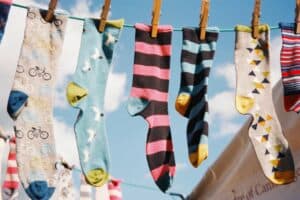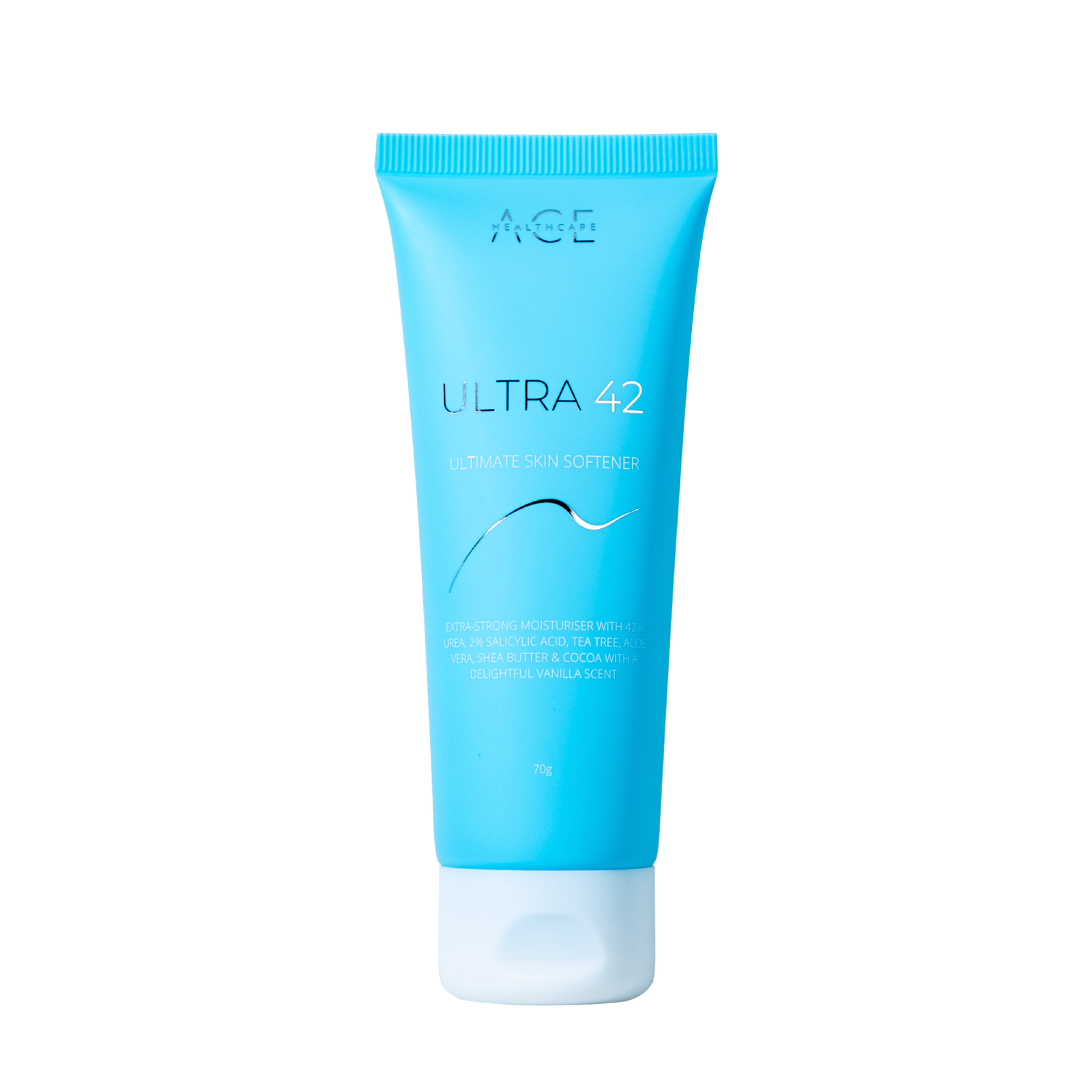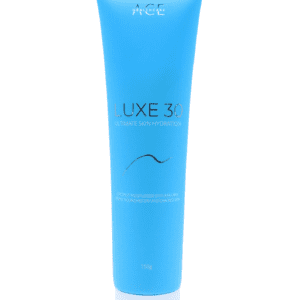
There are socks and then there are SOCKS!
There is nothing worse than socks that bunch, scrunch, slide down or cut into your foot!
A comfy sock can either make your day or break your day!
Before selecting a sock there are several things you need to consider:
What activity are the socks to be used for?
Are they for work, walking, running, footy, dancing all night long!
This will impact on many factors regarding the style, thickness, length and material of the sock
What is the fit of your shoe? Are your shoes a very firm fit or is there extra room?
This will impact on the thickness of the sock.
Do you perspire a lot? Is your workplace hot? Are you exercising?
Consideration of the material that the sock is made of is critical to reducing heat and wicking perspiration from the foot.
Do you suffer from swelling in the foot, ankles or calves?
Swelling can be from many reasons. A sock that is too tight especially around the elastic area can restrict circulation and add to swelling above or below the sock line.
Do you have specific medical conditions that need consideration?
Some medical conditions that require consideration for features of socks include:
- Diabetes
- Poor circulation
- Peripheral neuropathy or sensory deficit
- Raynaud’s phenomena
- Bullous pemphigoid
- Eczema and dermatitis
- Psoriasis
- Recurrent or Chronic Tinea
- Nail fungal infections
- Corns and callous
- Bunions
- Clawed toes
- Blister prone skin
- Nail pain or ingrown nails
What features should you look for in a sock?
Socks have had a big overhaul over the past 5 years. There are many features and technologies that have been added to the humble sock. It can become very confusing to understand and decipher what the features are and if they are suitable for you.
Materials
There are many materials that are used in socks now. They include:
- Wool
- Cotton
- Bamboo
- Nylon
- Polyester
- Coolmax
- Silver
- Blends of the above materials
Cheaper style socks generally have lower quality materials that can impact on moisture wicking, increase risk of friction and blistering and add to risk of tinea and other skin conditions.
Elastic rim
Do you have trouble with swelling or poor circulation? The tightness of elastic at the top of the sock can impact greatly on your swelling and circulation.
Do your socks ride down with activity or during the day? If the elastic is too loose you may need a higher-grade elastic rim to keep your sock in place.
Stitching
Poor quality socks tend to have thick stitching that sits over prominent areas like toes and bunions. If you have diabetes, bunion, claw toes or poor sensation this can create pressure area and eventually lead to other issues.
Thickness of the sock
As much as most people love a thicker sock for more cushioning, there are many new materials that still provide cushioning without the bulk. The bulk of a sock a high impact the fit of a shoe causing pressure areas, nail pain and even cause ingrown nails.
What is a technical sock?
Have you heard of a technical sock? A technical sock is a sock that has been designed to specifically target conditions. There are many on the market that have some wonderful features which maybe helpful to certain people, specific activities, and specific conditions. Read the description carefully to see if the features are suitable or unsuitable for your specific needs and requirements. They also come with a higher price tag.
Finding the right sock for your activities, your shoe style, your foot shape and your medical conditions may require trial and error. Many people have a diverse range of socks specific for certain activities or shoes. Once you find the perfect sock, your feet will thank you!






